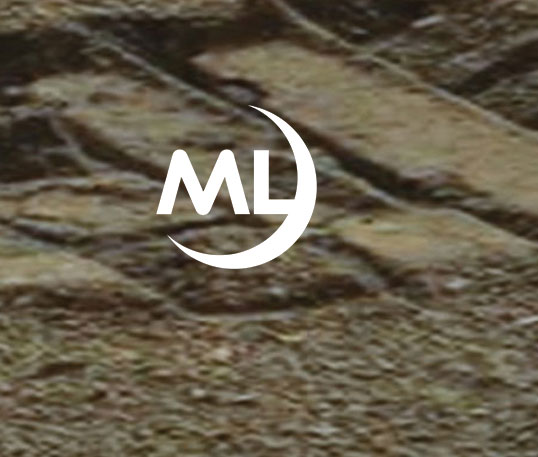New Research
The truly breaking news, Oct 23, 2018, is the discovery of oxygen in sundry forms and (for Mars) its essential relationship to brine. We’ll insert thoughts on photosynthesis, and aerobic processes of life forms as well.
Additionally, we offer our speculative assertions on survivability and motility. Join us in this short read, as we present a magnified photo to assist with visualizing the situation on Mars.
First, Oxygen.
With new research being conducted at Cal Tech., O2 may, in fact, exist in ways not previously imagined. Lab experiments at Cal Tech verify possibilities of O2 in brine. For example, the proven high(er) O2 concentration at the polar regions. For this reason, it’s thought to promote, even force, O2 uptake in brine.
This makes brine valuable as a food source for higher organisms.
Enriched with O2, the assimilating organism would be super-charged with ingredients necessary to set itself up for an evolutionary impetus.
Next up, photosynthesis.
Once thought to be essential for developing life, it may, in fact, play a smaller role, initially, in the current Martian environment.
O2 may even exist independently of photosynthesis . . . at least, for now in Mars’ evolutionary schema. Much more needs to be researched prior to making any intense assertions as to the reality on Mars.
New Organism Wurm.
What it is? “Wurm,” our coined name for the new organism(s). Extant and seen developing normally in this unique biosphere. We hope for Wurm to make a name for itself.
Earlier this year, we mentioned that the Mars Exploration rover provided digital pictures which captured footage of the unique biosphere environment. Where many organisms similar to “Wurm” reside inside the subsurface soil.
Growth in subsurface soil
Findings near surface soils and subsurface provide a place for O2 to be acquired. For the purpose of encouraging — like a change agent — motility in an organism.
We all know the adage, “necessity is the mother of invention”. We tend to think that the notion of life and “breathing” on Mars.
Therefore, is at hand for Wurm in its “desire” to attain O2. Nature Geo-science confirms findings “…there can be near surface environments on Mars with sufficient O2 available for aerobic microbes to breath.. .”’
This would also suggest that motility comes into play such that the organism would surface and resurface. With this intention albeit very slowly and minutely. Each effort to attain nourishment, to breath, or to struggle for movement pushes the limits of the organism. In the event that it yet results in growth.
Life on Earth
On earth, there is the notion of do-brain-do it over again-grow-brain feedback mechanisms for higher organisms (with a brain, however basic it may be). That is the acceptance that brains exhibit something called plasticity.
Under those circumstances, it occurs with a break in the routine of life. while learning something new, hat pushes the brain to create new synaptic connections, thus “grow”.
While we are certainly not suggesting Wurm has a brain. For this reason, it is conceivable a mechanism for life on Mars. As can be seen, martian biology somewhat akin to plasticity may be at work hinting at an evolutionary direction.
Stay tuned for our next installment, as we all follow NASA and other exploratory organizations around the world for exciting news of Mars explorations.
Link to O2 solubility in Martian near-surface environments and implications for aerobic life
The Mars Life HD LLC Team

